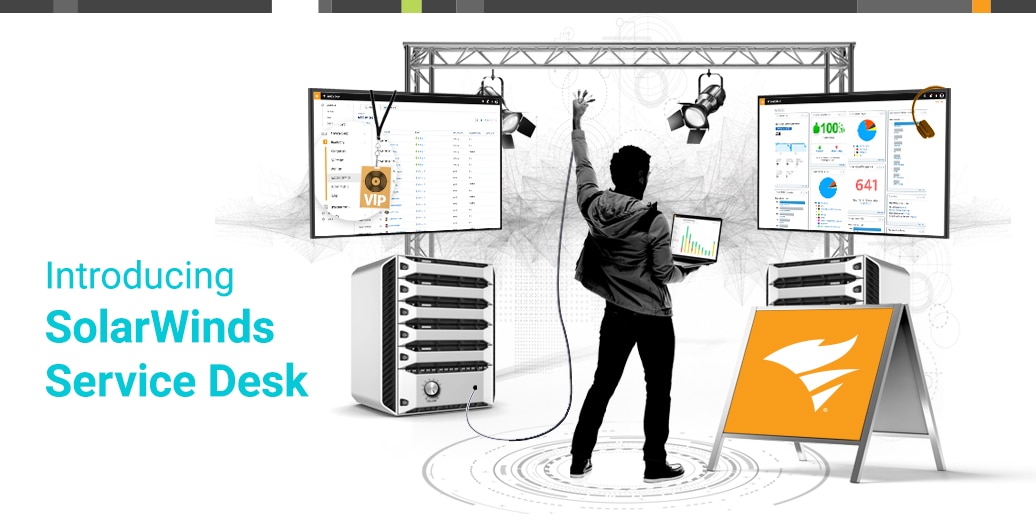A project manager is working at a remote site, and suddenly, her laptop won’t hold a charge. An account executive is in a hotel conference room making final preparations for a presentation, but he’s locked out of PowerPoint. The CEO has a speaking engagement with an entire business unit, but video conferencing is down.
These are different people with different goals, but there are obvious parallels. They’re outside of the office. They’re depending on devices and applications. They all need fast, intuitive solutions to prevent breakdowns in their immediate responsibilities.
While technology has spurred a massive increase in work from places other than the office (Forbes calls remote work “
standard operating mode” for 50% of employees), it has also emphasized the importance of IT services outside of the office. Since devices and digital tools are the enabling force for remote employees, they depend heavily on the IT service desk to support their experience.
One more thing those employees all have in common: They all have smartphones in their pockets, which presents a significant opportunity in IT service management.
Mobile Engagement Options for the Service Desk
For as long as IT service desks have accepted emails, that has always been an option from the mobile device. But in any of the scenarios above, the support inbox falls well short of the employee needs. These are immediate, priority issues that likely won’t be identified until a technician finds them in the general queue. There’s no visibility for the requester. It’s not a good experience for the employee, and it’s not an efficient way for IT to provide service.
There’s far more power in that smartphone than just its email icon. A great place to start is through instant messaging applications. A survey found that 28% of employees use instant messaging as their
primary method for workplace communication. Expect that number to increase in the coming years. If those employees can reach the
service desk via Slack or Microsoft Teams, that’s an immediate outlet that they can use under any circumstances.
IT can take this a step further through
service desk integrations. Imagine a Slack channel that not only converts employee messages into tickets, but allows further collaboration directly through the Slack mobile app. Or imagine an automated slackbot that can respond with suggested knowledge articles (in correspondence with the
AI-powered suggestions from the service desk platform).
There are multiple benefits to this type of service desk integration. First, it can create real-time visibility into the ticket for the employee. Second, it can allow service desk technicians to collaborate directly with an employee (even if the employee is without a laptop).
Employee-Facing ITSM App
In recent years, the
service portal has evolved to offer request forms, self-service options, live chat, and smart technology to connect these resources to employees in an intuitive experience. The ultimate goal is to provide that same experience through a mobile device. As ITSM solutions expand their mobile capabilities, it will create a major opportunity for IT teams to streamline the service experience for employees on-the-go.
Most organizations include mobile device enablement within their onboarding processes. IT can help employees download and configure the applications they’ll need to give them access to email, instant messaging, office tools, project management tools, or any other digital resources they want on their smartphones. Many companies even provide devices with the necessary applications pre-loaded.
Including the service desk application in this package will ensure the employee always has an outlet to access the service desk and any self-service opportunities that IT provides. Now, when that emergency incident rears its ugly head, the employee is one tap from help, even if they’ve never interacted with the service desk before.
IT Is Mobile, Too
The reality is, IT pros are on their feet as well. Their customers are not the only ones who can benefit from access to the service desk through their smartphones. Depending on the makeup of an organization, service desk techs might bounce between an executive’s office, a conference room with a projector issue, and a new employee’s desk all within an hour.
The ability to view, assign, comment on, and
resolve tickets from their mobile phones can be a major asset to service providers. The smartphone has created a world of multitaskers, and today’s organization requires IT to juggle as many responsibilities as anyone. Even if they can’t resolve an incident from their phone, the simple acknowledgement that IT is aware of the issue can go a long way with requesters, and with a mobile phone, IT can deliver that communication immediately.
In spite of the rise in remote work and the reliance on mobile technology, the majority of work and communication between the service desk and the rest of the organization will still happen from laptop devices. No one is arguing that the service desk will operate primarily out of a mobile app in the near future, but we’ve been conditioned as consumers to expect resources in the most convenient way at any given time.
Sometimes for employees, the most convenient access is through a smartphone. Mobile options for ITSM provide one more
method of engagement to expand the service desk’s versatility, which has tremendous value in the mobile age.








